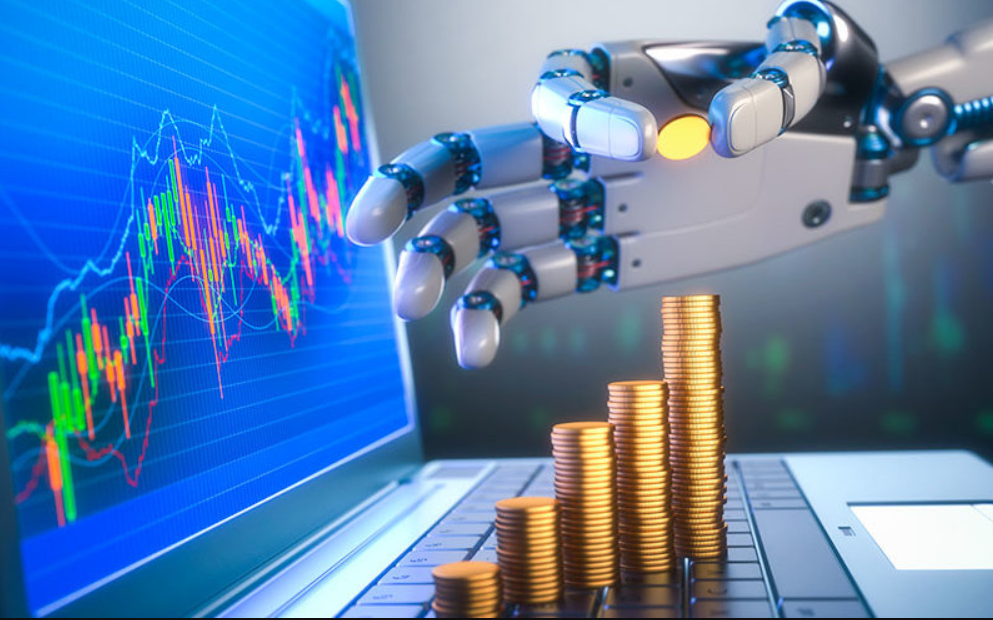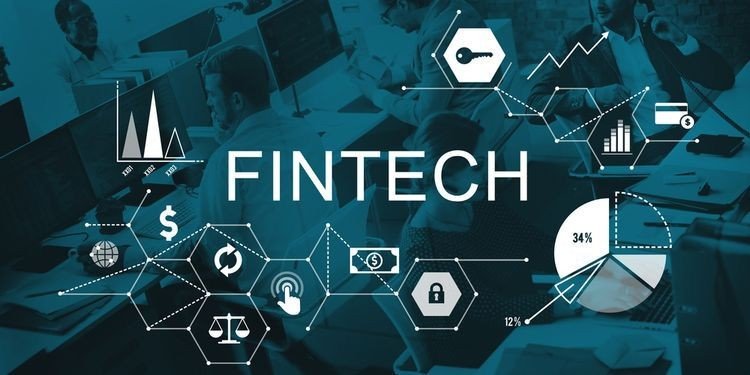When it comes to predicting the future-most especially financial markets-might have sounded like something out of this world, or at least an achievement only experts could attain. But due to the rapid rise of Artificial Intelligence, financial forecasting is becoming more approachable, reliable, and even revolutionary. AI improves the way firms and investors make better decisions, minimize risks, and derive valuable insights from financial markets.
Let’s dive in to understand what AI-powered financial forecasting is, how it works, and how it is changing the face of finance.
Why AI in Financial Forecasting?
Traditional methods bring certain limitations in their wake: they are time-consuming, prone to human error, and can barely keep pace with the fast-moving, ever-changing nature of global markets. Until recently, market trends, stock prices, or economic indicators have been predicted with considerable dependence on historical data and human analysis. That is, analysts would go through the numbers, highlight the trends, and try to make an educated guess about what’s next.
That is where AI comes in. AI can process large volumes of information at speeds that no human could ever conceptualize and detect patterns or trends within a fraction of a second. AI makes financial forecasts increasingly more accurate and timely; therefore, investors and companies have a deeper insight into what the market may do in the future, along with the risks and opportunities.
How Does AI Work in Financial Forecasting?
AI uses a number of different technologies in creating financial forecasting, including ML, NLP, and deep learning. Here is a quick look at how these work together:
Machine Learning: ML is a branch of AI that imparts computers with the ability to learn from past data with no explicit programming. In financial forecasting, what this means is that ML algorithms look at enormous quantities of data, such as those pertaining to stock price, currency fluctuation, interest rate movements, and others, for patterns. Algorithms also get better with time; thus, the more they predict, the more accurate the predictions become.
Natural Language Processing: Financial news, corporate reports, and economic updates carry a lot of hidden valuable information that often influences the markets. The role of NLP is thereby enabling AI to interpret text data, which conveys sentiment and can recognize trends within recent news or public sentiment. This capability makes forecasts more nuanced, taking real-world events rather than just numbers.
Deep Learning: Deep learning relies on artificial neural networks, similar in structure to the human brain, to process and make intelligent estimations from difficult data patterns. It is possible for deep learning models to find subtle patterns in market data that might get passed unnoticed by other methods; thus, it is incredibly powerful in comprehending and anticipating how markets would behave. Real-World Applications of AI in Finance
AI-driven financial forecasting is by no means an issue of pure theory but rather something applied by companies, investment firms, and independent investors quite literally all over the world. A number of points where AI is driving quite a change:
Stock Market Prediction: Stock prices are hard to predict since their outcomes depend on various factors, from the performance of a company to world events and investors’ sentiments. AI algorithms trained on historical market data analyze such variables to make informed predictions that enable investors to make decisions with more confidence.
Risk Assessment: Financial institutions use AI in the assessment of risk pertaining to loans, investments, and other financial products. In the case of an individual, AI will analyze one’s financial history, whereas for a company, it will look at the financial health of the company and compute the chances of defaults or losses. This way, banks and investors can make less risky decisions on a concrete data basis.
Algorithmic trading encompasses high-frequency trading, a strategy wherein algorithms conduct thousands of trades daily by making decisions in fractions of a second. These computers execute trades at a much faster and more accurate pace compared to human traders. They can even change strategies in mid-trades as information flows in, which in the world of stocks is key.
Fraud Detection: Fraud is one of the major problems in the financial world, and using traditional methods for fraud case detection can take much time. Most fraud detection systems around the globe today rely on AI technologies for the creation of unusual patterns within transactions, which enables the quick flagging of fraud potentials well before major damage can be caused. An example is that through AI, any abnormal pattern of transactions would point out a fraud and thus inform the bank right away.
Personalized Financial Guidance: AI-powered financial advisors, or “robo-advisors,” are preferred for personalized investment guidance. These advisors study user data, which includes the spending tendency of users, their income, and their savings goals; based on this, they offer suggestions about personal finance that help the users manage and grow their wealth.
Challenges of Using AI in Financial Forecasting
Though AI has enormous advantages, using it in financial forecasting will not come devoid of challenges.
Data Quality: AI models are only as good as the data they are trained on. Bad data may come from inaccuracy, age, or bias and will lead to poor predictions that can surely mislead investors and companies. Ensuring that the data used is clean, up-to-date, and relevant is critical.
Market Volatility: The financial markets are unpredictable. Political events, changes in the economy, natural disasters, and many other things can influence the stock market. These unpredictable factors may help dislodge AI predictions of results since even the best algorithms cannot predict some sudden, unplanned events.
Ethics and Bias: AI models can always pick up some bias in historical data that feeds in unfair or one-sided predictions. It is one of the most critical issues in financial institutions, for whom the development of unbiased and fair financial products could well be a core concern.
High Cost and Complexity: Designing and maintaining such complex AI systems requires huge investment and expertise, hence making it tough for smaller firms to be on par with big players in finance.
AI and the Future of Financial Forecasting
As AI technology continues to evolve, so will its part in financial forecasting. Here are a few trends to watch out for:
Integration of Real-Time Data: The immediate future of AI models will most likely integrate real-time data feeds around the world by pulling from social media, news feeds, and economic indicators. It means the forecast may be more and more accurate and change in real time while the new information evolves.
Explainability: Probably the biggest problem with Financial AI is that most models constitute “black boxes,” therefore making forecasts unsupported by understandable human experiences. As transparency becomes higher on the list of priorities, we are likely to find new enhancements that will make AI make more explainable decisions for humans and financial forecasting more trustworthy.
With AI developing further in the capacity to understand individual needs and financial habits, even more personalized financial services could be developed. This will go a long way in enabling individuals to manage their finances more easily with solutions that best meet their goals, lifestyle, and risk tolerance.
Better Risk Management: The future of AI-driven systems will be able to perceive developing risks with more acuity by making responses, which will prove indispensable in the risk management armor of financial institutions.
All in all, AI is revolutionizing financial forecasting; it is making complex predictions accessible insights that can guide individuals and organizations alike. Though there are still challenges that remain to be overcome, the potential of the technology to make finance wiser, safer, and more effective cannot be gained. Be it the prediction of market trends, management of risk, or personalized financial advice, AI is going to be the star in times to come as far as finance is concerned.



